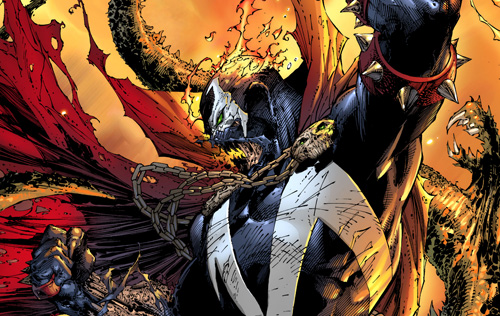
As the digital era propels forward, comic book art is undergoing a transformative revolution. This article delves into the top ten trends shaping the future of this dynamic industry.
From the integration of 3D modeling and augmented reality, to the rise of interactive storytelling and motion comics, we explore how these innovations are redefining traditional comic artistry.
Join us as we unveil the exciting future of digital comic book art.
The Rise of 3D Modeling in Digital Comics
A significant number of digital comic book artists are now incorporating 3D modeling into their work, revolutionizing the visual storytelling landscape.
This innovation has led to the emergence of Virtual Reality Comics, which provide a deeply immersive experience to the readers.
The use of digital sculpting techniques, which allow for the creation of intricate 3D models, has become prevalent in this new era of comic artistry. These techniques enable artists to portray their narratives with an unprecedented level of detail and realism.
Moreover, the interactivity offered by 3D modeling engages readers in novel ways, making them active participants in the story.
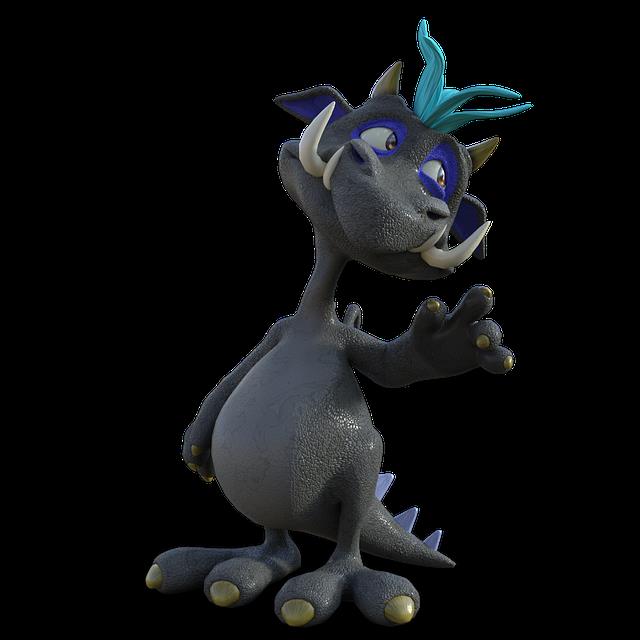
This transformative approach to digital comics is not just a passing trend, but rather a glimpse into the future of this dynamic medium.
The Influence of Augmented Reality on Comic Book Art
As we explore the top trends within digital comic book art, we must address the transformative effects of augmented reality (AR) on the medium.
AR's influence extends to the evolution of art itself, the enhancement of reader interaction, and its profound impact on storytelling techniques.
This technology is not merely a tool, but a creative catalyst that significantly redefines the landscape of comic book artistry.
Augmented Reality: Art Evolution
Over the last decade, the advent of augmented reality has significantly reshaped the landscape of comic book art, ushering in a new era of interactive and immersive storytelling. The exploration of AR tools and the impact of virtual reality have instigated a revolution, altering the perception and creation of comic art.
- AR tools allow artists to create more dynamic and interactive comic book panels, enhancing reader engagement.
- The integration of AR and VR technologies enables the creation of 3D comics, providing readers with an immersive experience.
- Augmented reality overlays digital information on real-world elements, transforming the way readers interact with comics.
- The use of AR in comics has opened up new avenues for storytelling, pushing the boundaries of creativity.
- AR technology has made it possible for comic book art to evolve beyond the traditional two-dimensional space, creating a more engaging reader experience.
Interaction Enhancement via AR
With the advent of augmented reality, comic book art has not only evolved in aesthetics but also in the manner it interacts with the readers, thereby creating an immersive and dynamic experience.
The incorporation of AR into comics has introduced a new layer of connection between the art and its audience, transforming static pages into vivid, interactive scenes.

This interaction enhancement via AR is not only boosting reader engagement but is also driving AR Comics Monetization, providing artists with an innovative revenue stream.
Moreover, Virtual Comic Conventions have emerged as engaging platforms for showcasing such AR-enhanced comics, attracting a generation of tech-savvy readers who appreciate the amalgamation of classic storytelling with cutting-edge technology.
The influence of AR on comic book art is indeed revolutionizing the industry.
AR's Impact on Storytelling
In the realm of digital comics, not one or two, but numerous storytelling methods have been revolutionized by the advent of augmented reality, and this shift is creating a vibrant new landscape for both artists and readers. AR enables narrative immersion on a whole new level, bringing the panels to life in the reader's environment.
- Storytelling algorithms now incorporate AR to create interactive narratives.
- AR adds a new dimension to the art, enhancing depth and perspective.
- It creates a more immersive experience, pulling the reader into the story.
- AR allows for a nonlinear storytelling approach, enabling multiple story paths.
- It encourages active participation, making the reader a part of the story.
The embrace of AR in comic art is charting a future where storytelling transcends conventional boundaries, promising an innovative era for the industry.
The Emergence of Interactive Storytelling in the Comic Industry
The digital transformation of the comic industry has given rise to a new trend: interactive storytelling, a revolutionary method that enhances user engagement and experience.
This innovation employs techniques like Interactive Paneling and Gamified Reading. Interactive Paneling allows users to engage with the narrative on a deeper level, choosing their own paths through the story. It offers a more personalized experience, inviting the reader to become an active participant rather than a passive observer.
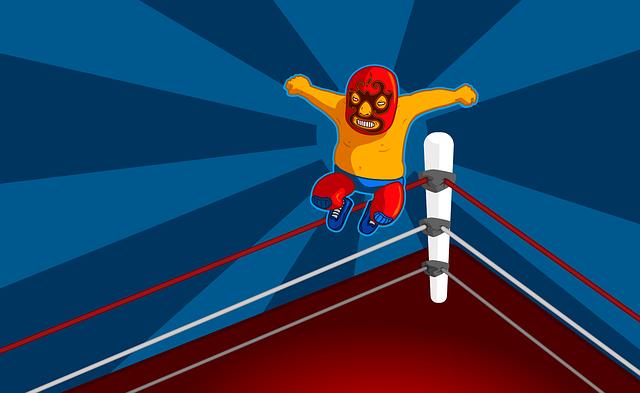
Similarly, Gamified Reading introduces elements of gameplay into the reading process, turning it into an immersive, interactive adventure.
Both of these techniques are representative of a shift towards a more dynamic, engaging approach to comic book art, demonstrating the industry's commitment to embracing technological advances and innovative storytelling methods.
The Impact of Digital Coloring Techniques on Comic Art
Digital coloring techniques' profound influence on comic art has ushered in an era of vibrant, dynamic illustrations that captivate readers like never before. The digital palette offers artists an almost infinite range of hues, enabling a deeper emotional resonance and a heightened sense of realism.
The evolution of color gradients has allowed for more nuanced shading, enriching visual storytelling and enhancing the depth and texture of images.
The resurgence of pixel art echoes a nostalgia for the early days of digital design, yet with a fresh, modern twist.
New cloud-based tools offer collaborative opportunities, pushing the boundaries of creativity.
Advances in rendering technologies result in crisp, clear artworks, even in complex scenes.
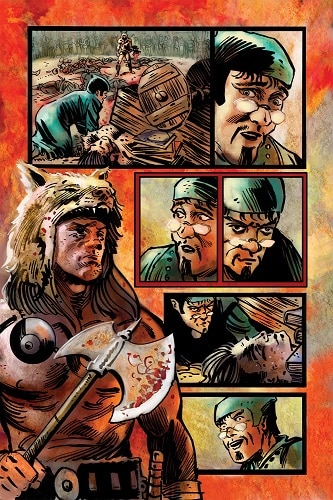
The integration of 3D elements brings a new level of dynamism, transforming the flat canvas into a multidimensional landscape.
The Integration of Motion Comics Into the Digital Space
Both intriguing and innovative, the integration of motion comics into the digital space has redefined the landscape of the comic book industry, offering readers a whole new level of interactivity and engagement.
This trend enhances the visual storytelling experience, with Motion Comics' Accessibility playing a key role in its widespread adoption. Not only can readers now immerse themselves in the vibrant, animated world of their favorite characters, but they can also experience sound integration in comics. This auditory element breathes life into the narrative, giving depth to the dialogue and action sequences.
As the digital space continues to evolve, the intersection of technology and creativity promises to propel the art of digital comic books to unprecedented heights.
The Advancements in Digital Sketching
In the realm of digital comic book art, a significant shift is being observed in the field of digital sketching. Groundbreaking tools are revolutionizing the process, accelerating the transformation of artistic style, and resulting in more detailed illustrations.
This evolution is not only enriching the artistic experience but also crafting a new pathway for the future of digital comic art.
Often, the advancements in digital sketching tools have revolutionized the way artists conceptualize and create comic book art. Nuanced features like digital brushwork and tablet sensitivity have opened up new horizons, enabling artists to produce intricate designs with ease and precision.
The advent of pressure-sensitive tablets has transformed the digital art landscape, allowing artists to adjust the intensity of their strokes with precision.
Digital brushwork has escalated the level of detail achievable, adding depth and texture to the artwork.
Software like Procreate and Adobe Fresco offer a myriad of brushes and tools designed specifically for comic art.
3D modeling tools have enabled artists to create dynamic, perspective-correct scenes.
The use of layering in digital platforms allows for easy editing, enhancing the efficiency of the artistic process.
These revolutionary tools are pushing the boundaries, driving the future of digital comic book art.
Effects on Artistic Style
Significant leaps in digital sketching technology have undeniably influenced the artistic style of many a comic book artist, leading to an evolution in the visual language of the medium.
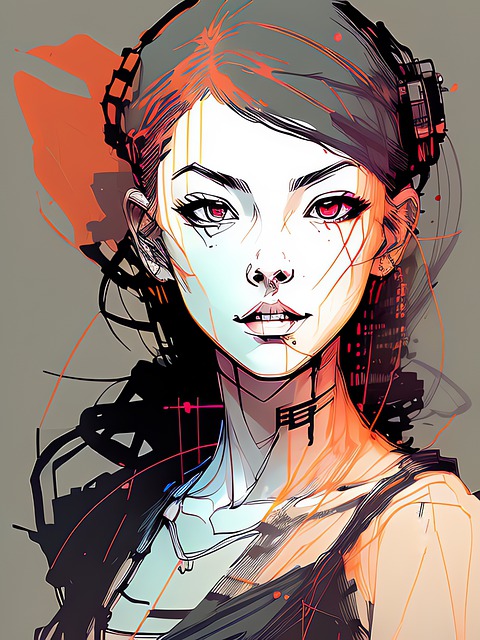
The digital inking evolution has enabled artists to experiment with a myriad of brushes, textures, and effects that were previously unattainable. This shift has not only accentuated the dynamism and depth of visual narratives but has also incited a new wave of stylistic innovation.
Cross-platform compatibility further elevates this artistic revolution, allowing artists to work seamlessly across different devices and applications—enhancing their creative freedom and productivity.
Consequently, these advancements encourage a more nuanced, vibrant, and immersive artistic style—providing a visionary glimpse into the future of digital comic book art.
Enhancing Detailed Illustrations
A considerable number of artists are now leveraging the advancements in digital sketching to enhance the detail in their comic book illustrations. This has been made possible by a growing treasure trove of digital inking techniques and artistic collaboration platforms that foster creativity and precision.
Digital Inking Techniques: These techniques allow artists to create cleaner lines and shades, adding depth and dimension to the illustrations.
Artistic Collaboration Platforms: These platforms enable artists to work together on a project regardless of their physical location, leading to a fusion of styles and ideas.
Advanced Brushes and Textures: These tools can mimic traditional art mediums, offering a wide range of creative possibilities.
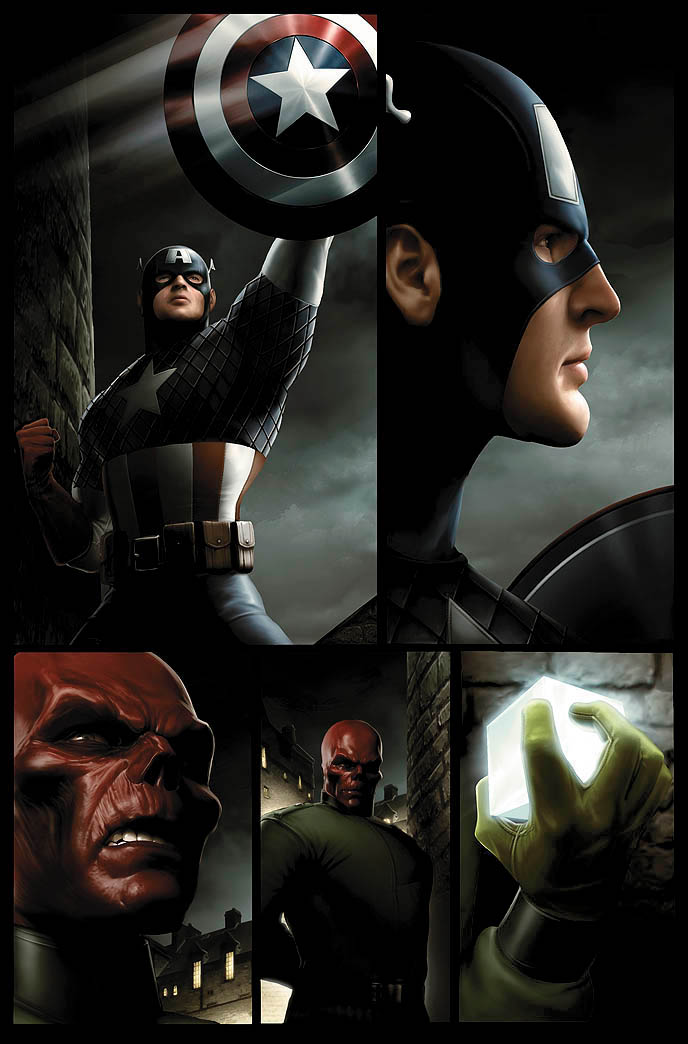
Color Grading: This digital technique helps artists to set the mood and tone of the comic.
3D Modeling: This technology can help artists create more realistic characters and settings.
The Growing Popularity of Webtoons and Webcomics
Over the past decade, the vast majority of comic enthusiasts have shifted their attention to webtoons and webcomics, marking a significant trend in the digital art landscape. This shift is largely driven by the opportunities webcomic monetization offers to artists and the genres diversification that appeals to a broad audience.
From fantasy to romance, drama to horror, webcomics and webtoons span a multitude of genres, allowing readers to explore a wider range of narratives. Meanwhile, artists are leveraging the digital platform to monetize their work, thus fueling their creative pursuits.
The evolving digital art landscape bears testament to the dynamic interplay between artistic innovation and technology, with the rise of webcomics and webtoons heralding a new era in digital comic book art.
In the realm of comic book art, the move towards digital platforms for distribution is not just a trend, but also a revolution, reshaping the way comics are consumed and shared globally. This digital shift has significant implications:
The introduction of subscription models has provided a sustainable revenue stream, making the digital comic industry lucrative and appealing for creators.
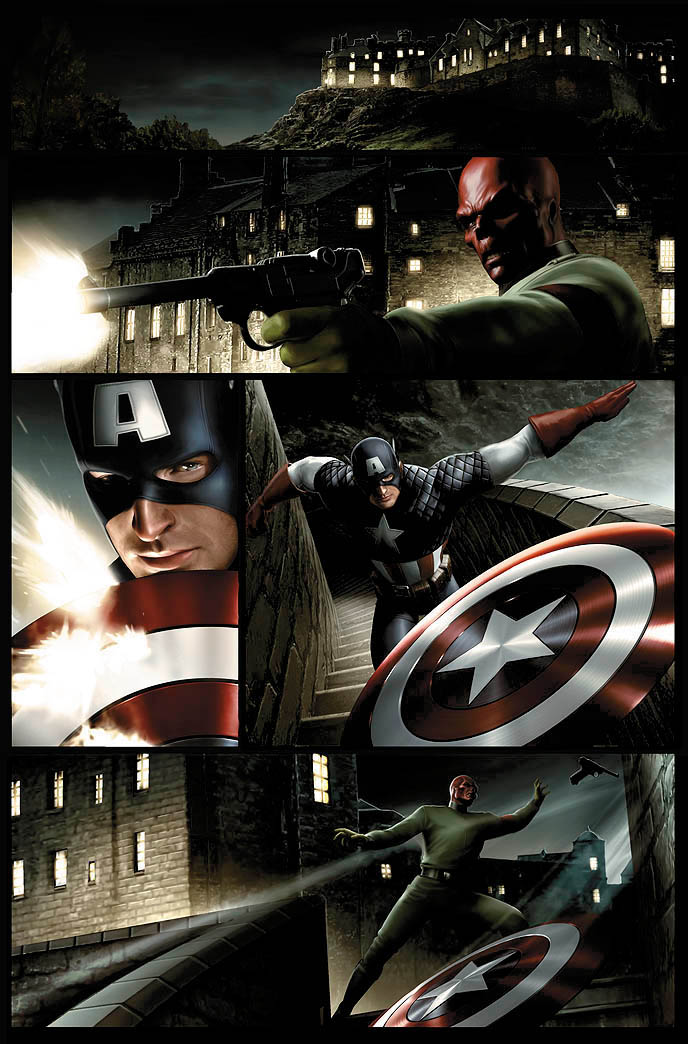
Digital distribution platforms offer a global reach, allowing creators to tap into international markets.
Digital platforms provide convenient access to a vast library of comics, enhancing user experience.
Digital piracy, a downside, has increased, prompting the need for robust protective measures.
The digitization has ushered in a wave of innovation, opening avenues for interactive comic art.
This shift, though challenging, is an exciting development in the comic book industry.
The Evolution of Character Design in the Digital Era
Twenty-first century advancements in digital technology have dramatically transformed the landscape of character design in comic book art, fostering a rapid evolution in both style and technique.
The introduction of pixel-based creativity has allowed artists to venture into unexplored realms of innovation, resulting in a rich diversity of visual narratives that captivate audiences.
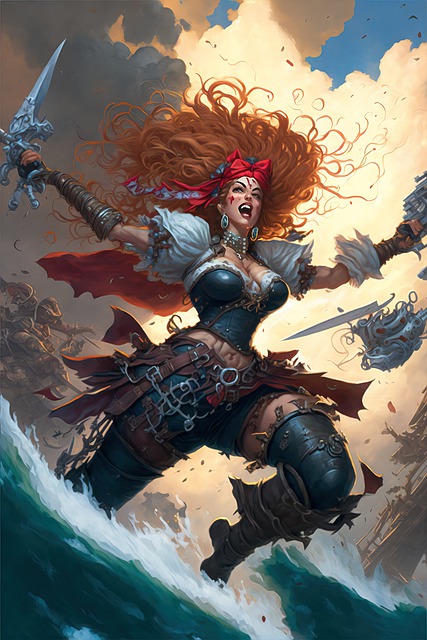
The ability to render a character's digital emotions has become a pivotal tool in storytelling, enhancing the depth and relatability of characters.
The shift from traditional hand-drawn sketches to digital artistry has not only elevated the aesthetic standards but also amplified the nuances of character design.
As we delve deeper into the digital era, the ongoing evolution of character design promises to redefine the boundaries of comic book art.
The Future Prospects of Digital Comic Book Art
The trajectory of digital comic book art showcases a promising future, teeming with unexplored prospects and revolutionary trends. With advancements in technology, artists can now create with an unprecedented level of detail and precision.
Digital Inking advancements are transforming the comic art landscape, allowing for refined linework and intricate shading.
Comic Animation trends are bringing static images to life, creating immersive storytelling experiences.
Virtual reality promises to introduce an entirely new dimension to comics, literally placing the reader inside the story.
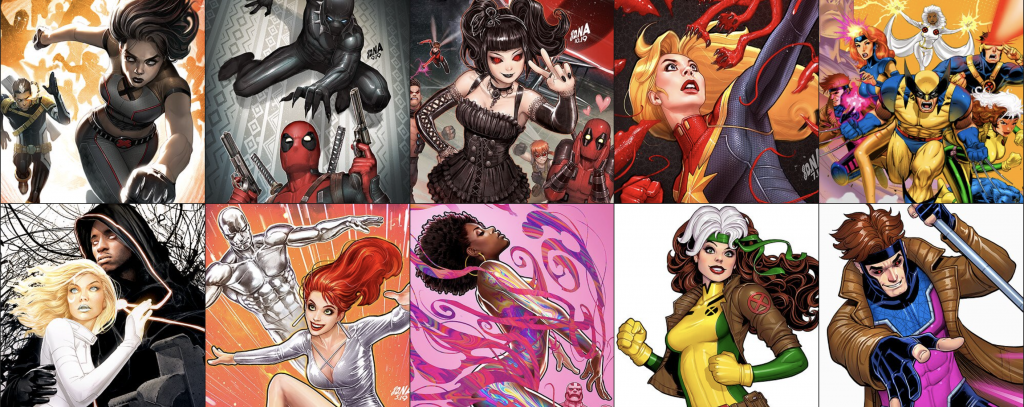
AI-driven creation tools could potentially automate certain aspects of the art process, freeing up artists to focus on conceptualisation and design.
Crowdsourced comic creation platforms are beginning to emerge, enabling collaborative storytelling and artistry on a global scale.
These developments not only promise to revolutionize digital comic book art, but also to redefine the boundaries of the medium itself.
Frequently Asked Questions
What Are the Educational Qualifications Necessary for a Career in Digital Comic Book Art?
For a career in digital comic book art, a degree in graphic design or related field is beneficial, but not mandatory. Essential skills include software proficiency, understanding of artistic styles, creativity, and a strong portfolio.
How Has the Transition to Digital Comic Book Art Impacted the Sales of Traditional Comic Books?
The Digital Artistry Evolution has impacted traditional comic book sales, creating a shift towards digital formats. However, Traditional Comic Preservation persists, with physical sales catering to collectors and those preferring tangible reading experiences.
Are There Any Notable Artists Who Have Resisted the Shift to Digital Comic Book Art?
Yes, notable artists resisting the shift to digital art exist, asserting their 'Digital Resistance Influence.' Their 'Traditional Art Persistence' is valued, offering unique textures and depth, fostering an irreplaceable, authentic connection with audiences.
How Do Digital Comic Book Artists Protect Their Work From Being Pirated or Copied?
Digital comic book artists employ various anti-piracy measures to protect their work, including digital watermarking, which embeds hidden information in the artwork to track unauthorized usage and safeguard their intellectual property rights.
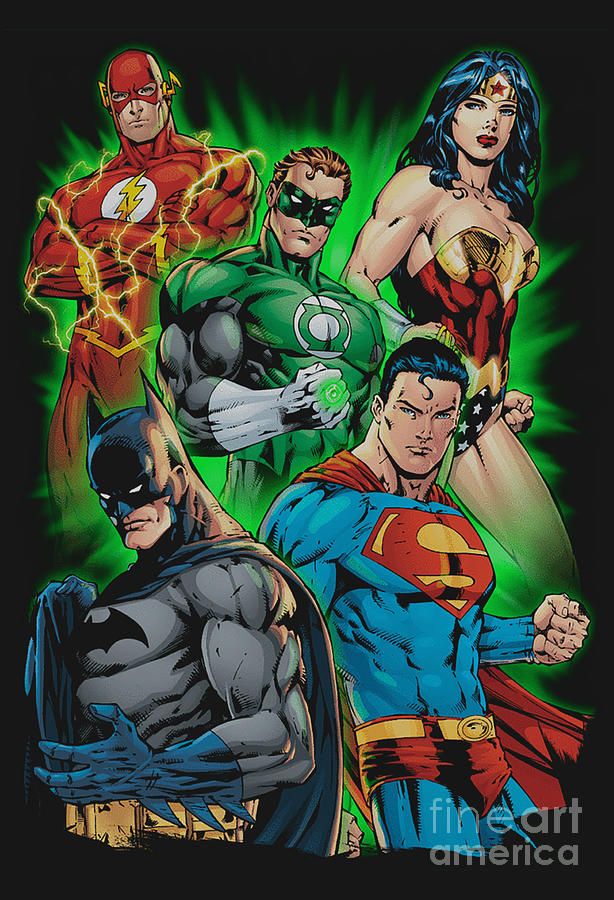
Yes, digital comic book art can be considered fine art. The Digital Art Value has increased due to Technological Influence, allowing for greater complexity, depth, and innovation similar to traditional artistic mediums.
 Digital Art InstructionDIY Infographics DesignMobile Game ArtworkPersonalized Logo Design3D AnimationeBook Covers DesignPrivacy PolicyTerms And Conditions
Digital Art InstructionDIY Infographics DesignMobile Game ArtworkPersonalized Logo Design3D AnimationeBook Covers DesignPrivacy PolicyTerms And Conditions
